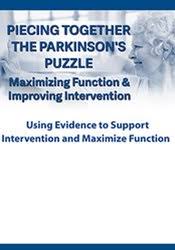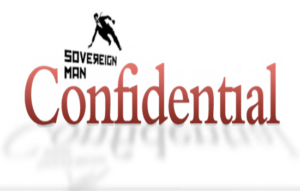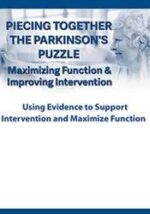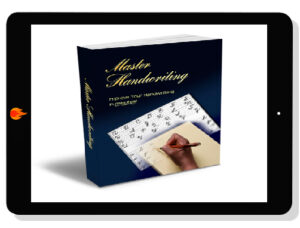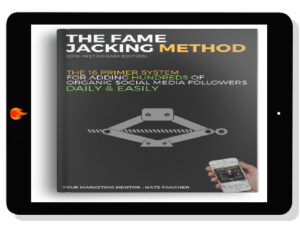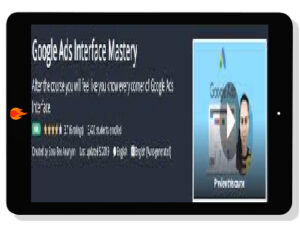Available for Pre-Order. This product will be available within a few days.
Robyn Otty – Piecing Together the Parkinson’s Puzzle
PARKINSON’S DISEASE OVERVIEW
Latest research
Etiology (genetics and environmental influences)
Medical management
Postural influence and associated fall risk
Motor complications
EVIDENCE-SUPPORTED ASSESSMENT TOOLS & EFFECTIVE DOCUMENTATION
Assessment tools for:
Quality of movement
Posture
Falls
Mini-rotation
Best-practice documentation strategies for skilled intervention
THERAPEUTIC APPROACHES: TRADITIONAL AND NON-TRADITIONAL
Improving dynamic balance, posture, ADLs, and initiation of movement
Movement-based interventions
Evidence-supported movement-based programs
Cognitive approach to improve dynamic balance and ADLs
External cuing
Non-traditional interventions
Tai Chi
Yoga
Video games
Dance
Visualization
COMMUNITY OPTIONS
Options to support clients and caregivers impacted by PD
HANDS-ON LAB
Interactive Class Rotation: Session I
Tai Chi/Yoga
Adaptive equipment
Cognitive rehabilitation techniques
Tools for assessment
Interactive Class Rotation: Session II
Task-based approach
Movement-based approaches
Documentation station (case application)
Would you like to receive Robyn Otty – Piecing Together the Parkinson’s Puzzle ?
Description:
Treating the unpredictable neurological progression that is Parkinson’s disease (PD) can seem random, complex, and overall difficult to manage. PD presents a host of challenges, such as changes in motor control and posture, onset of tremors, inability to initiate purposeful movement, and the mimicking of the disease from prescription drugs. Therapists have addressed such complications with traditional techniques such as movement-based approaches and compensatory strategies. However, there’s been an influx of evidence related to PD interventions showing effective methods and tools used by rehab professionals.
Let seasoned OTD, Robyn Otty, show you how cognitive rehabilitation, movement-based and non-traditional interventions fit together to influence a client’s posture, dynamic balance, initial movement, and ADLs. Review the most up-to-date literature and medical management to form successful outcomes with this population that can be used the very next day.

